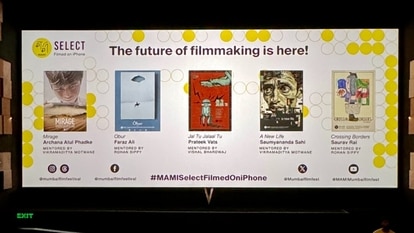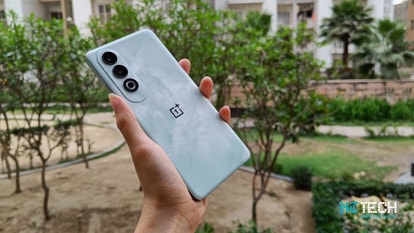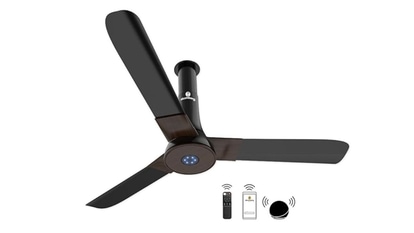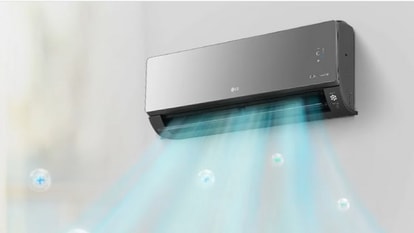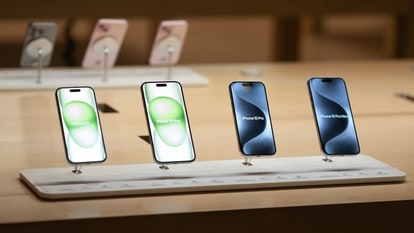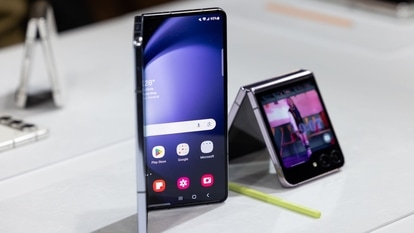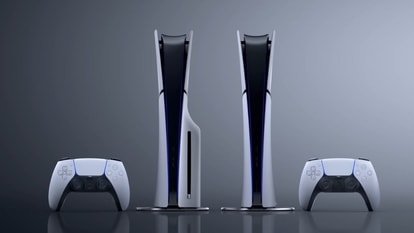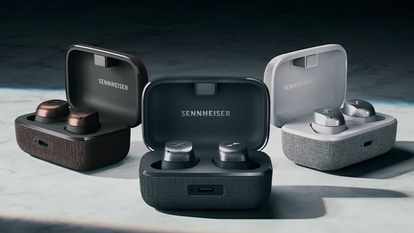Google confirms prototyping fabric that can control media playback with pinching or twisting it
The fabric can be woven into the cord of your headphone or speaker and can control the volume (for instance) by twisting it, pinch to pause/play and double pinch to skip tracks.
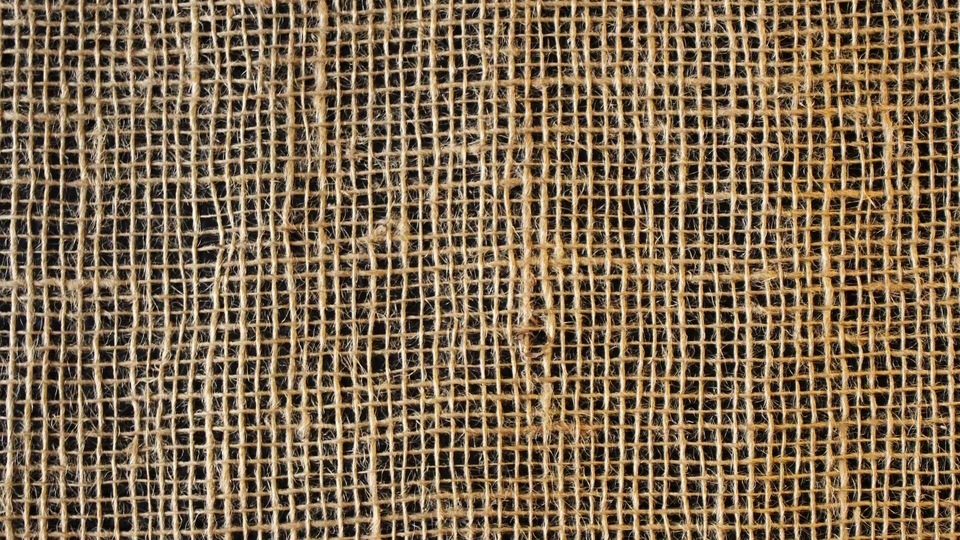
Google has been working on fusing fabrics with tech and Project Jacquard is one of the prime examples of it. But it looks like the search giant is moving a step ahead this time by integrating audio playback controls to fabrics as well. In a post made on Google AI blog by Alex Olwal, Research Scientist, Google Research, it was confirmed that the firm is prototyping a helical sensing matrix (HSM) using E-textile that includes a braided fabric with "smart threads" woven in it. This fabric includes capacitive characteristics that can let a user touch it to control the connected device.
This means that the fabric can be woven into the cord of your headphone or speaker and can control the volume (for instance) by twisting it, pinch to pause/play and double pinch to skip tracks. The fibre can also be woven to light up when they recognise the touch.


Google states that this tech is being currently tested with headphone wires, hoodie drawstrings and speaker cord.
“A key insight is that the two axial columns in an HSM that share a common set of electrodes (and color in the diagram of the flattened matrix) are 180-degree opposite each other. Thus, pinching and rolling the cord activates a set of electrodes and allows us to track relative motion across these columns. Rotation detection identifies the current phase with respect to the set of time-varying sinusoidal signals that are offset by 90-degree. The braid allows the user to initiate rotation anywhere, and is scalable with a small set of electrodes,” states the blog post.
Catch all the Latest Tech News, Mobile News, Laptop News, Gaming news, Wearables News , How To News, also keep up with us on Whatsapp channel,Twitter, Facebook, Google News, and Instagram. For our latest videos, subscribe to our YouTube channel.






